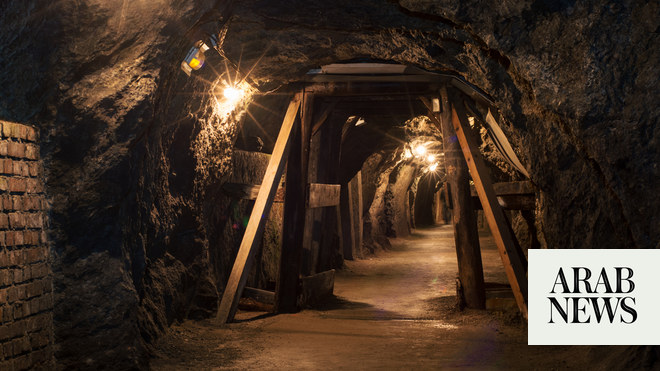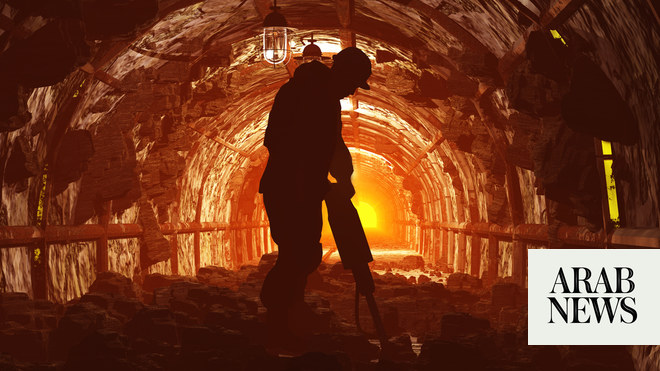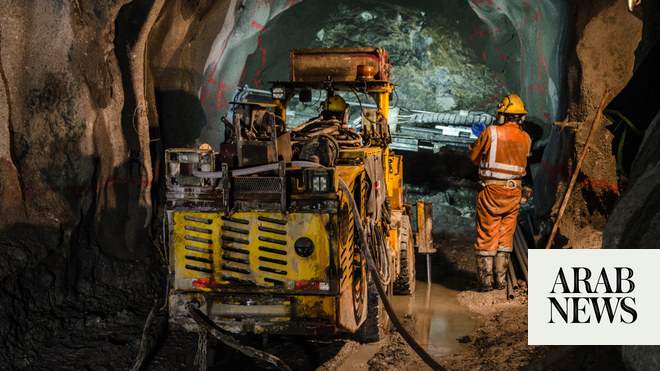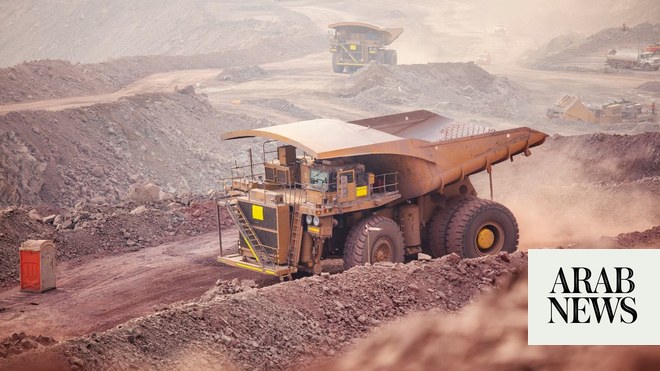
RIYADH: The number of mining licenses handed out in Saudi Arabia showed sustained growth for the third consecutive month, as the government issued 55 new permits in April.
According to the Saudi Ministry of Industry and Mineral Resources, this number is up from the 27 handed out in March and the 18 handed out in February.
In April, the ministry issued 34 licenses for exploration, 17 for quarrying building materials, three for surplus mineral ores and one for mining and small mine exploitation.
The total number of licenses issued in the sector until April numbered 2,336, including 1,454 permits for quarrying building materials, 634 for scavenging, 180 for mining and small mine exploitation, 36 for reconnaissance activities and 32 for the surplus of mineral ores.
Moreover, Riyadh bagged 573 permits, Makkah 384, the Eastern Province 374 and Madinah 258.
The ministry further reported that Asir issued 213 permits, Tabuk 149, Al-Qasim 90, Jazan 80 and Hail 68 in April. On the other hand, the number of permits Najran gave stood at 55, Al-Baha 39, the Northern Borders 27 and Al-Jawf 26.
The ministry has been actively pursuing opportunities to protect the mining sector and maximize its value in line with the Kingdom’s Vision 2030 goals and the National Industry Development and Logistics Program.
Moreover, Saudi Arabia is on track to transform mining into the third pillar of the national industry and work to exploit the mineral resources in the Kingdom spread across more than 5,300 sites and valued at about SR5 trillion ($1.33 trillion).
Last January, Mike Henry, the CEO of Australian mining giant BHP, stressed that mining activities of critical minerals worldwide should be accelerated to meet the energy transition targets over the next 30 years as the world dreams of a sustainable future.
Speaking at the Future Minerals Forum in Riyadh, Henry said it is impossible to meet the rising demand for critical minerals if the world continues to move at the current pace.
“Over the next 30 years, in order to meet the needs of the energy transition, the world is going to need two times as much copper, four times as much nickel, two times as much steel, and two times as much iron ore, as was needed over the past 30 years,” he said.












